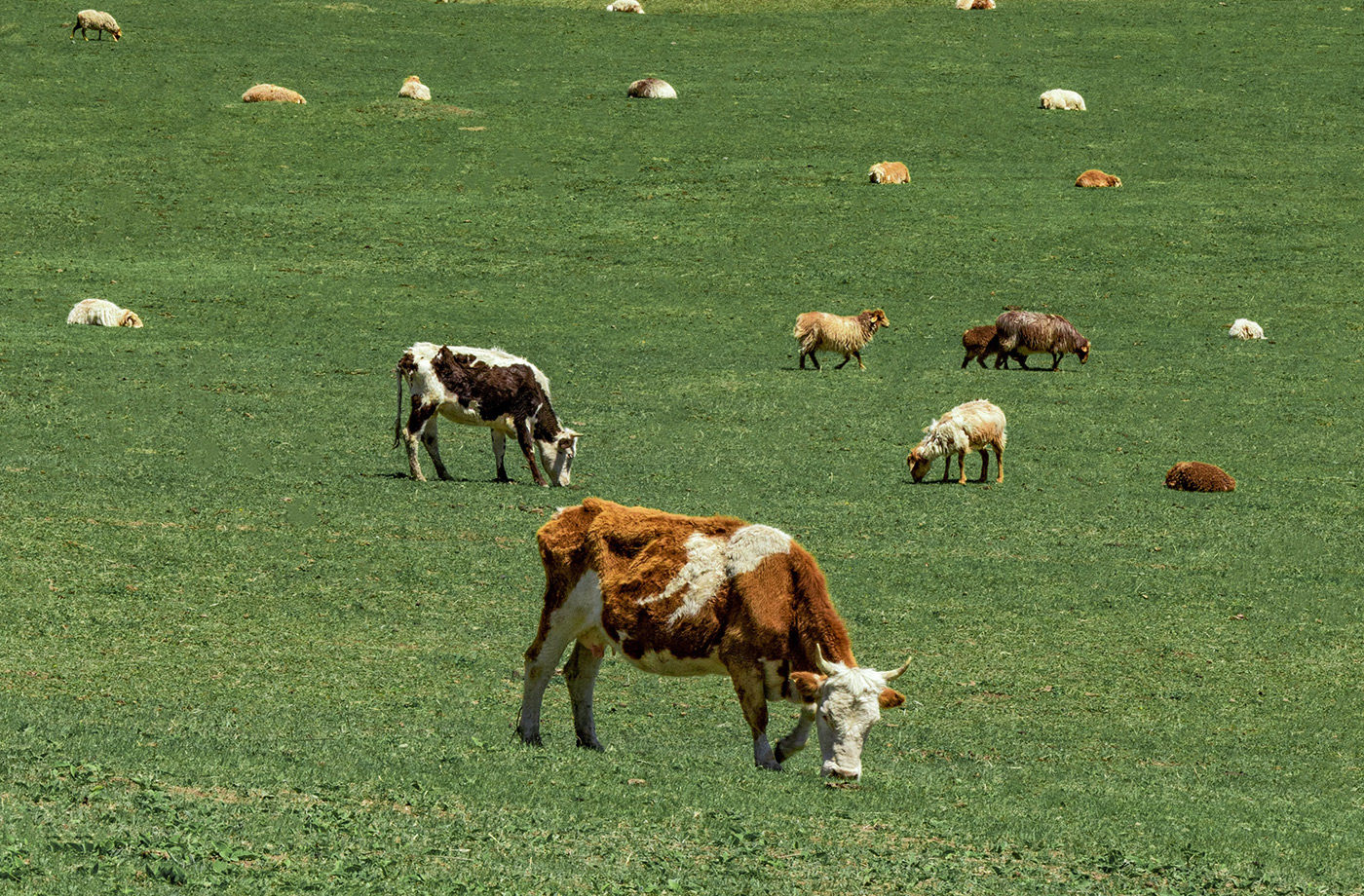The myth that Serbia would feed Europe could have been realized during the heyday of energy in 1945 when the country was three times larger and Europe was less developed, war-torn, and disconnected. If we look at it this way, we can say that back then, it wasn't a myth but rather a semi-realistic wish, considering that even the then-war-torn leading European agricultural countries were more significant in terms of land area than the former Yugoslavia (land area is not the only crucial factor but is undoubtedly among the top factors, especially in agriculture). The myths emerged later when the present disproved it, leaving behind an unrealistic desire. However, we can still go things to their course but rather improve the current state of the agricultural industry to integrate better into global market trends.
First and foremost, cooperation is a concept that must be addressed in revitalizing the agricultural industry. Cooperation has numerous positive effects, such as lower production costs, secure product placement, equalizing supply, lower individual investments, and economies of scale. This is particularly attractive for the fragmented ownership model that characterizes Serbia, with an average personal land plot size of around 4.5 hectares. It's worth noting that such fragmentation is also typical in leading European agricultural countries, but they have embraced cooperation, making it a standard practice. However, cooperation is only one initiative we need to implement correctly; there are several more, at least three, as I see it.
Firstly, subsidies are often an inefficient model with minimal and modest effects on the macro level. This has been proven theoretically, but I will bypass the theoretical analysis. The average age of equipment used by agricultural producers is over 20 years. It may sound unbelievable, but it's true. Such a producer cannot compete effectively in the market or be optimally productive, which, in turn, affects their profitability—the essence of any business. Currently, the state provides subsidies for equipment innovation worth 120,000 dinars, with a total subsidy budget of 242 million dinars—relatively small and limited, in line with the nature of subsidies. In contrast to traditional subsidies, I believe that a potentially better model for increasing the productivity of agricultural producers would be a medium-term loan available to all interested producers to purchase new equipment. This equipment could include tractors with all accompanying machinery, drones for field zoning, precise determination of fertile land, yield prediction, weather conditions monitoring, crop growth tracking, and more. While my focus here is on equipment for plant production, new and specific technology is also needed in hilly and mountainous regions (livestock farming). The key is that it should be a state loan, not a subsidy. Of course, such a program could only be implemented in cycles, not all at once, considering the loan's value that the state needs to provide. These cycles could be organized based on various criteria, such as regionally, by priority, by type of agricultural production, or another relevant criterion. The entire project could be completed in the medium term, and the state would recover the loaned amount. How is this possible? Put through higher yields achieved with innovative technologies that remain in the farmers' ownership.
Secondly, I used the term "business" earlier. It is more than necessary for domestic agricultural producers to approach their work as a business rather than passively cultivating traditional crops without analyzing current agricultural production. They need to consider which crops and livestock are the most exciting and profitable long-term, which practices are outdated, and which are new. Furthermore, cultivating commodities on small plots is risky, considering that purchase prices are not guaranteed. The Serbian supply of commodity products has very little influence on global price movements for these products. Consequently, the earnings of small-scale commodity producers depend on the annual price volatility. It might be most vividly compared to being a small boat in the open ocean in such circumstances. By making informed decisions about agricultural production through analysis, the producers can undoubtedly put themselves in a better position. Regarding the dilemma of producing commodities versus non-commodity products, it's important to note that one of the advantages of focusing on non-commodity products is the ability to determine the selling price independently.
Thirdly, the average age of farm owners in Serbia is around 65. This is a significant, if not the biggest, problem. There's no future. Migration from more minor to larger towns and villages to cities is a well-discussed topic with no strategy for change. I believe that the top initiative regarding the age of farm owners should be the creation of a state strategy to identify such farms and, if there are no heirs or if the heir is uninterested in inheriting the farm, organize a call for renting or buying these farms (with a right of first refusal for Serbian citizens). Additionally, a proposal should be made for what would be best to cultivate on these specific farms: which crops, whether plants or livestock, which species, from what breeding, with what characteristics, specific recommendations based on regional analysis, weather conditions, and global trends in production.
A1: Milk – Poland, A2: Beans – Kazakhstan, A3: Onions – China, A4: Frozen meat – South America. This listing reminds me of the game "Associations" from the quiz show "Slagalica." It would look just like this: Marija Veljković would utter the names of these fields, while the solution would, of course, be imports. The only question is whether the player would guess the solution or not. From my perspective, it would be better if that imaginary player knew the solution because it would speak in favor of dispelling the myth and confronting the problem (or, more gently but not always accurately put, the challenge).



